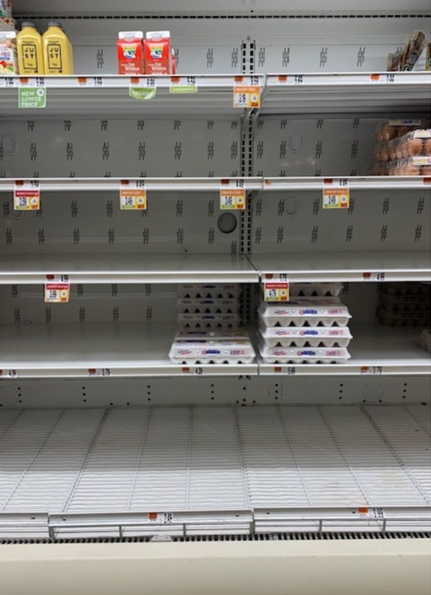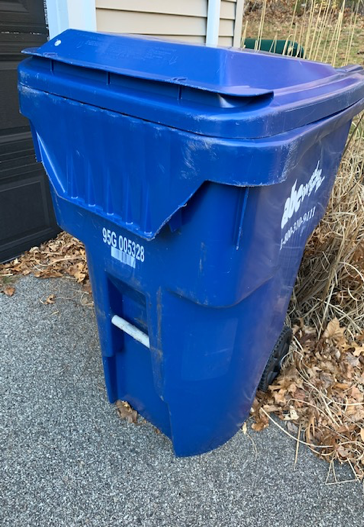Control, Alt Delete: Musings about Hoarding and Food Waste
Students in Steve Finn’s spring special topics course on Food Waste (MET ML702 E1) are contributing this month’s blog posts. Today’s post is from Molly Breiling.
How I operate as a culinary professional, does not necessarily mirror my day to day, household practices. When I have job for an individual, or group, I must design a menu based upon what the client desires, married with what makes sense for the particular season and setting. Cost and price are significant factors and staying with the plan is essential. I try to source ingredients on a wholesale basis, and begin preparations well prior to the event. When I am tasked with feeding the inhabitants of our home, I market daily and for the most part devise menus and food planning around what looks good to me. I place an emphasis on fresh vegetables and fruits, and moderate portions of proteins. I do keep a fairly well stocked pantry, even if stored in less than traditional spaces; the coat closet shelf is an overflow space. Impulses, at times, get the best of me, causing me to have more than ample supply of one item or another. Through creativity, this is rarely a difficulty, and does not often create waste. If it cannot be consumed by this crew, the item will be given to a friend or acquaintance who will benefit from the infusion.
Fairly early into the appearance of Covid 19 in Massachusetts, I was at the market for a sortie. What I encountered was nothing less than astounding. I can safely say that I have never, ever, witnessed the behaviors to which I was exposed. Patrons had carts that were full to the brim, with items. Some patrons commanded two carts. Bare shelves abounded. No poultry products, virtually no dairy products, no paper products, cleaning supplies, first aid items, soups, or much in the way of fresh proteins existed. 
I was raised during the cold war. I have experienced the gas crisis in the early seventies which resulted in rationing and long lines. I recall when sugar was difficult to source, and when meat was both in short supply and highly priced. I was the parent of an infant living “inside the Beltway” on September 11, 2000, when there was a run on batteries, sterno, dry goods and the like. This experience couldn’t compare to any of those. All at once it gave me pause, and reminded me of food shortage issues in Russia in the eighties, as well as stories told to me by relatives who lived during the depression, or World War I or World War II. The difference is that, currently, we do have choice in the matter!
Adding insult to injury, I would bet the farm, if I had one, that a large percentage of the foods purchased, strike that hoarded, will end up wasted. Further, that they will likely land in the garbage. Panicked, impulse purchases, without any type of plan in place will not only lead to items expiring, or timing out in the case of some packaged goods, it will lead to foods in the freezer that may never be utilized. Emotional purchasing is not planned, well thought out, purchasing. Atop the gross quantity of waste in terms of time, resources and actual food, there is another uncomfortable reality. Food that is hoarded is now inaccessible to other persons, some of whom are food insecure, and/or marginalized in some manner. These behaviors are harming the overall environment and exhibit irresponsible use of resources. Further, such actions potentially place a neighbor in need at even further risk.